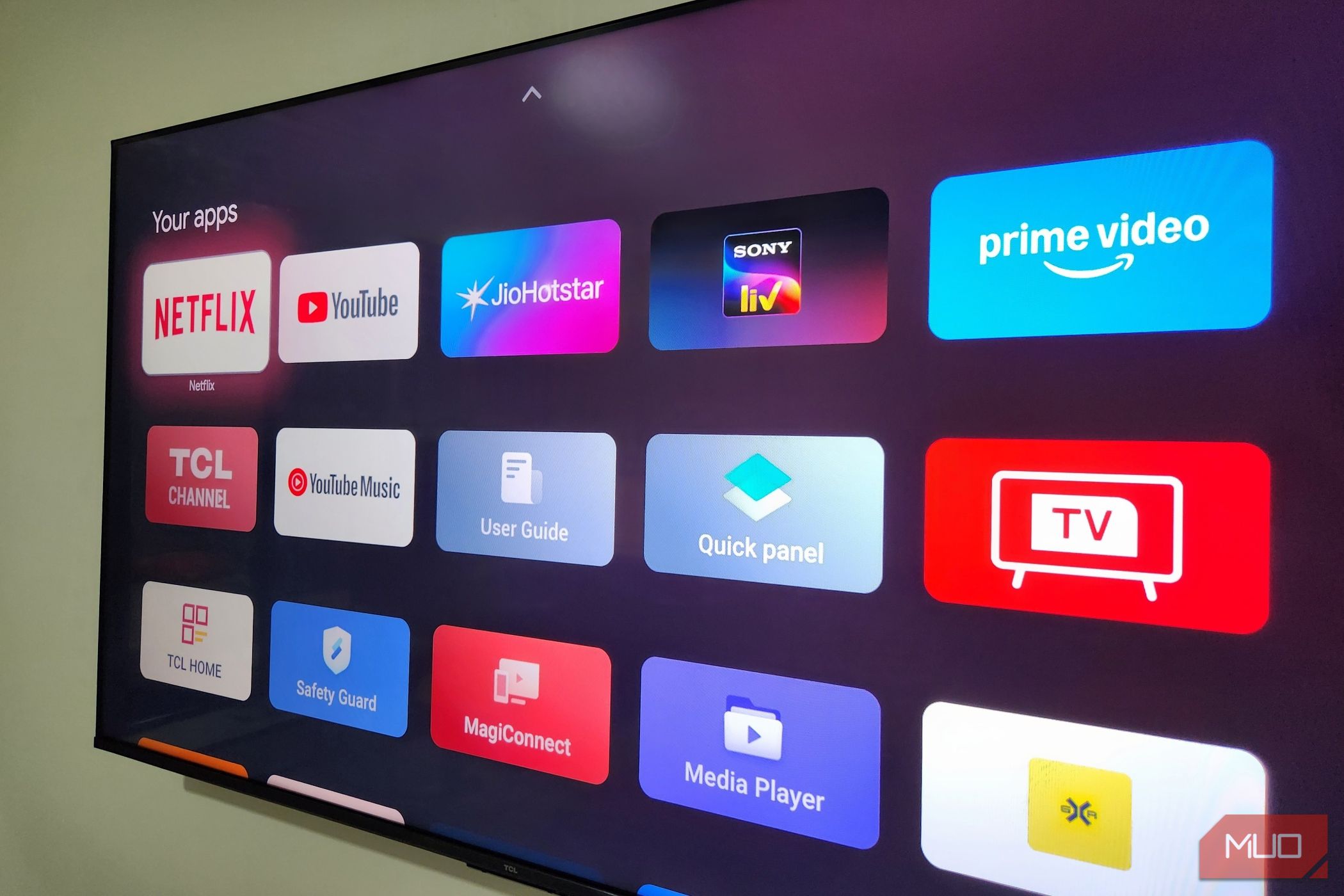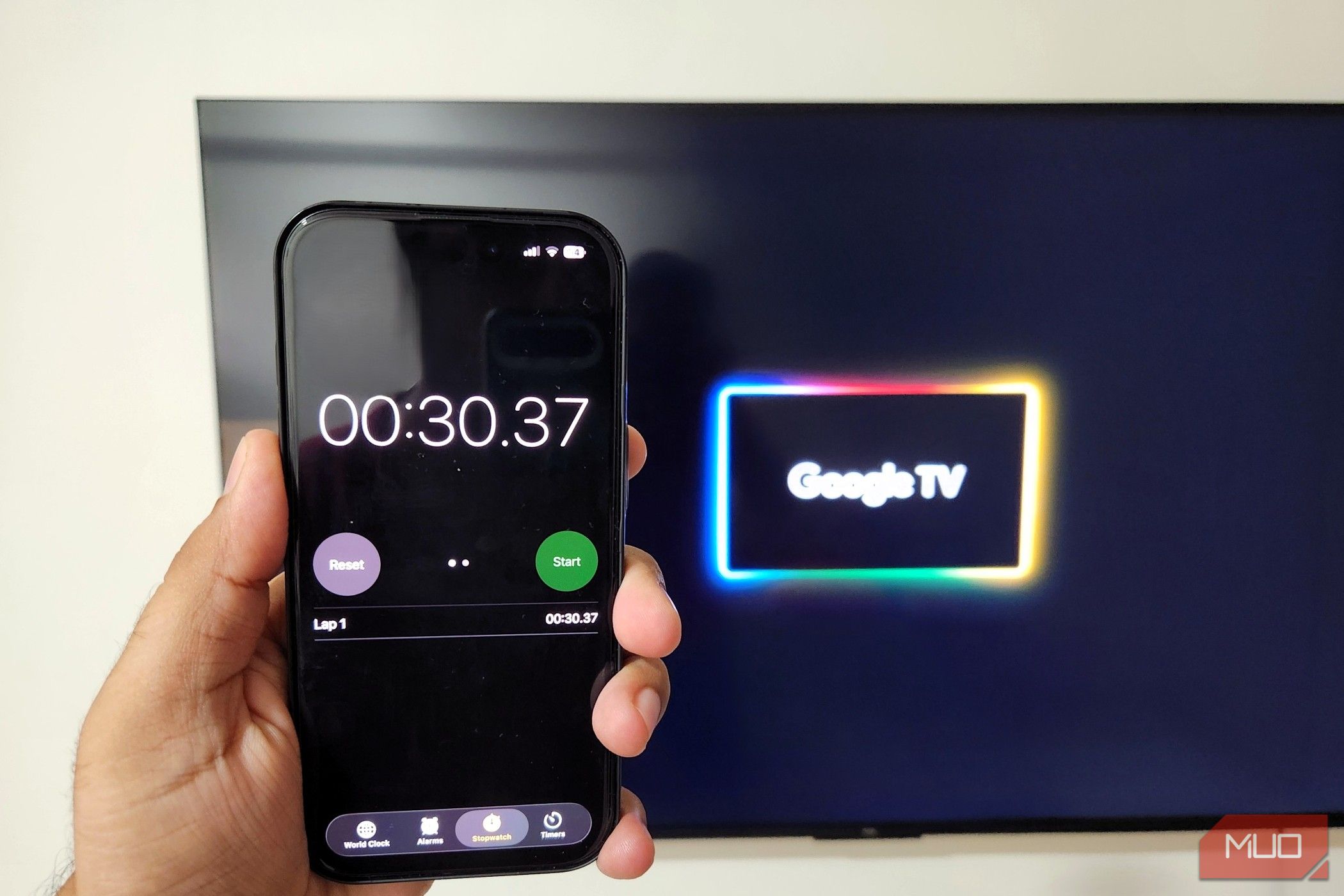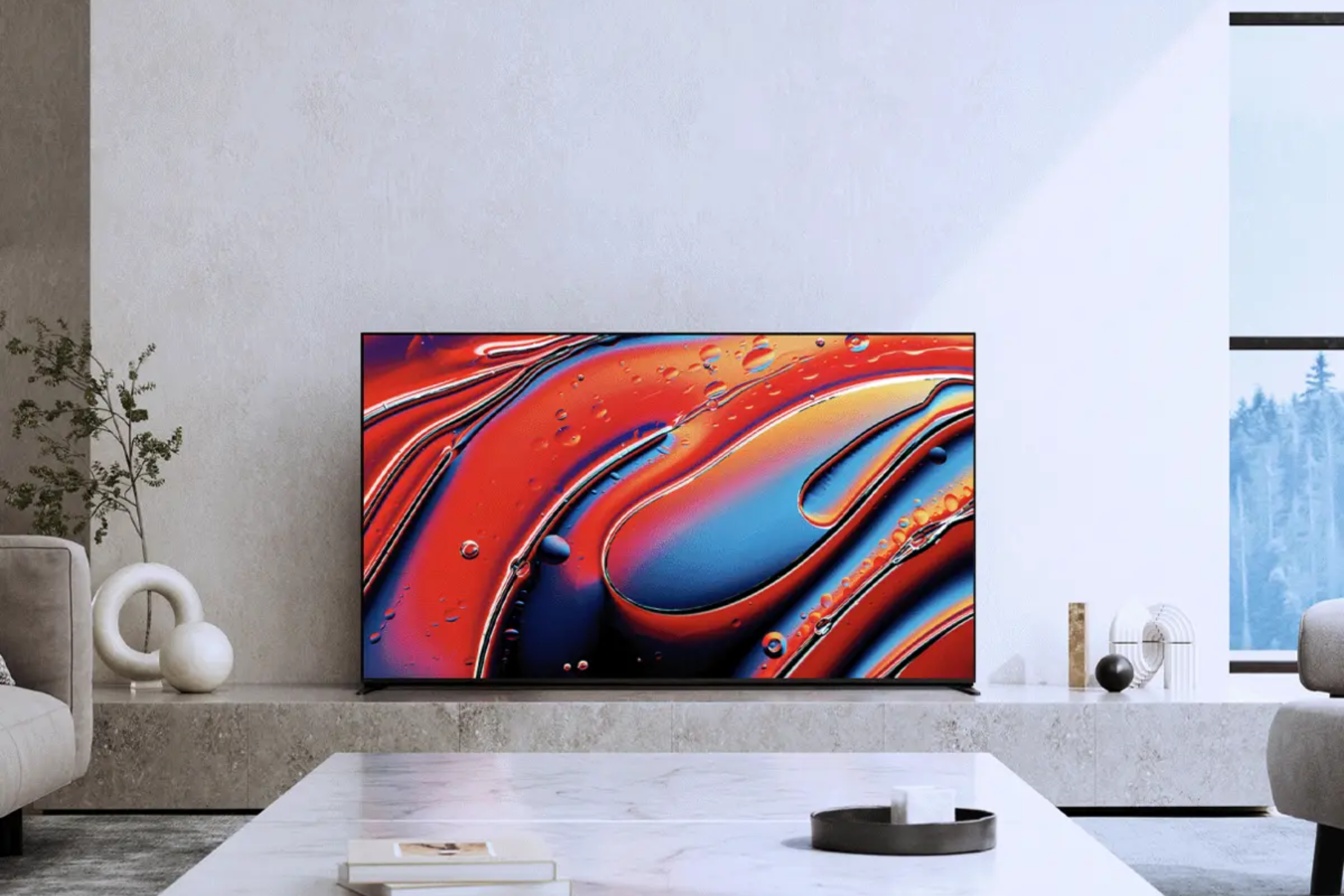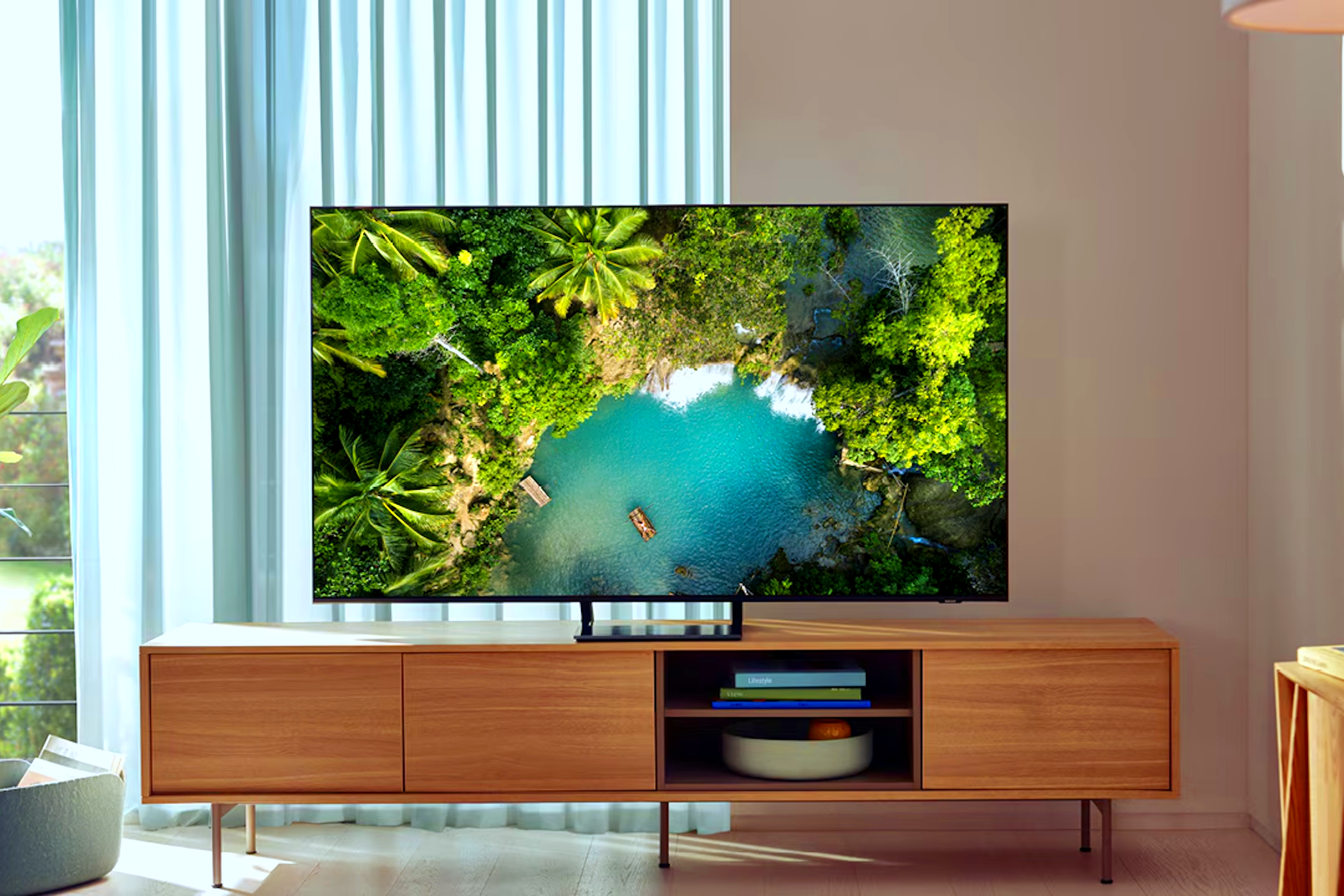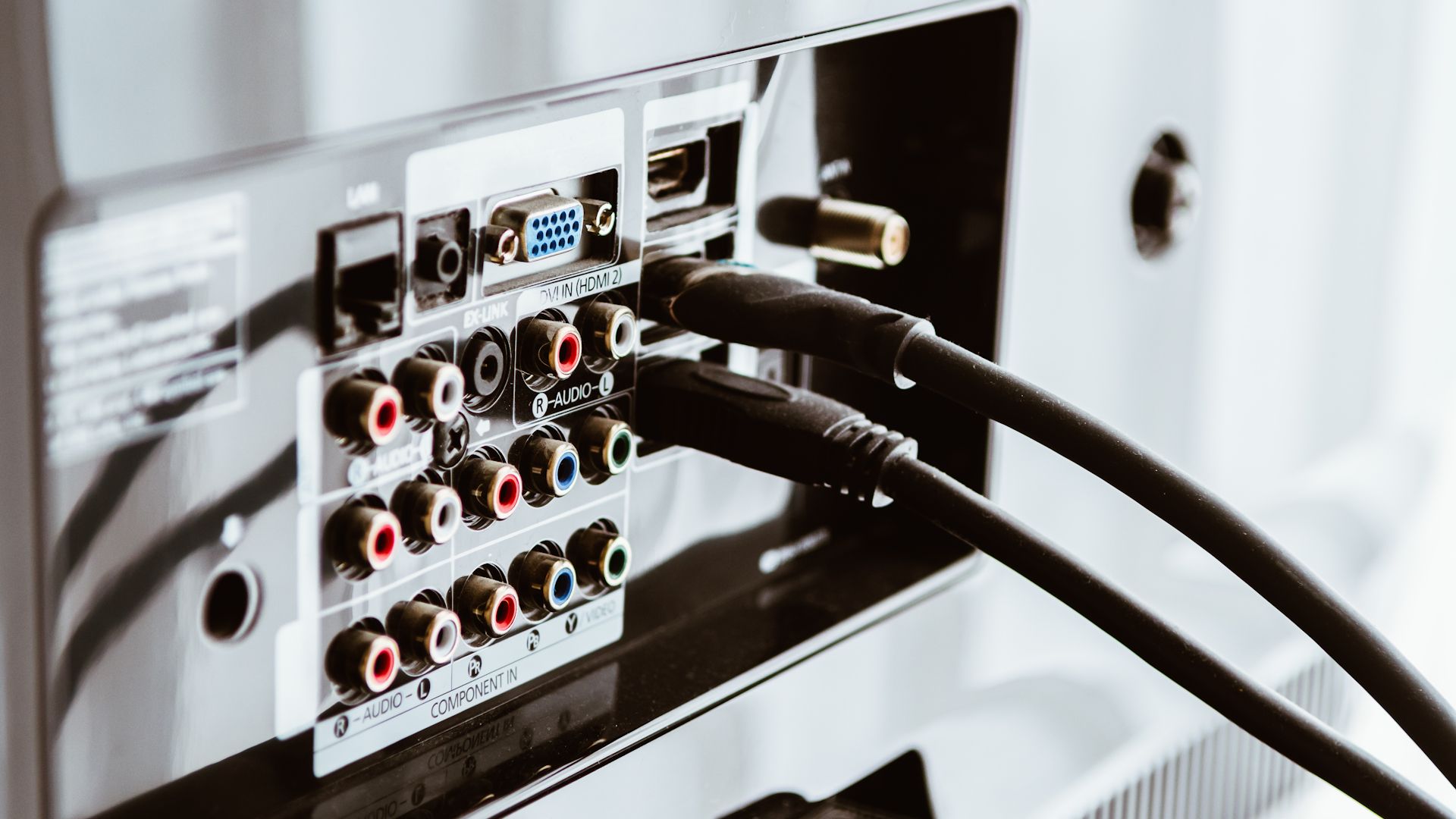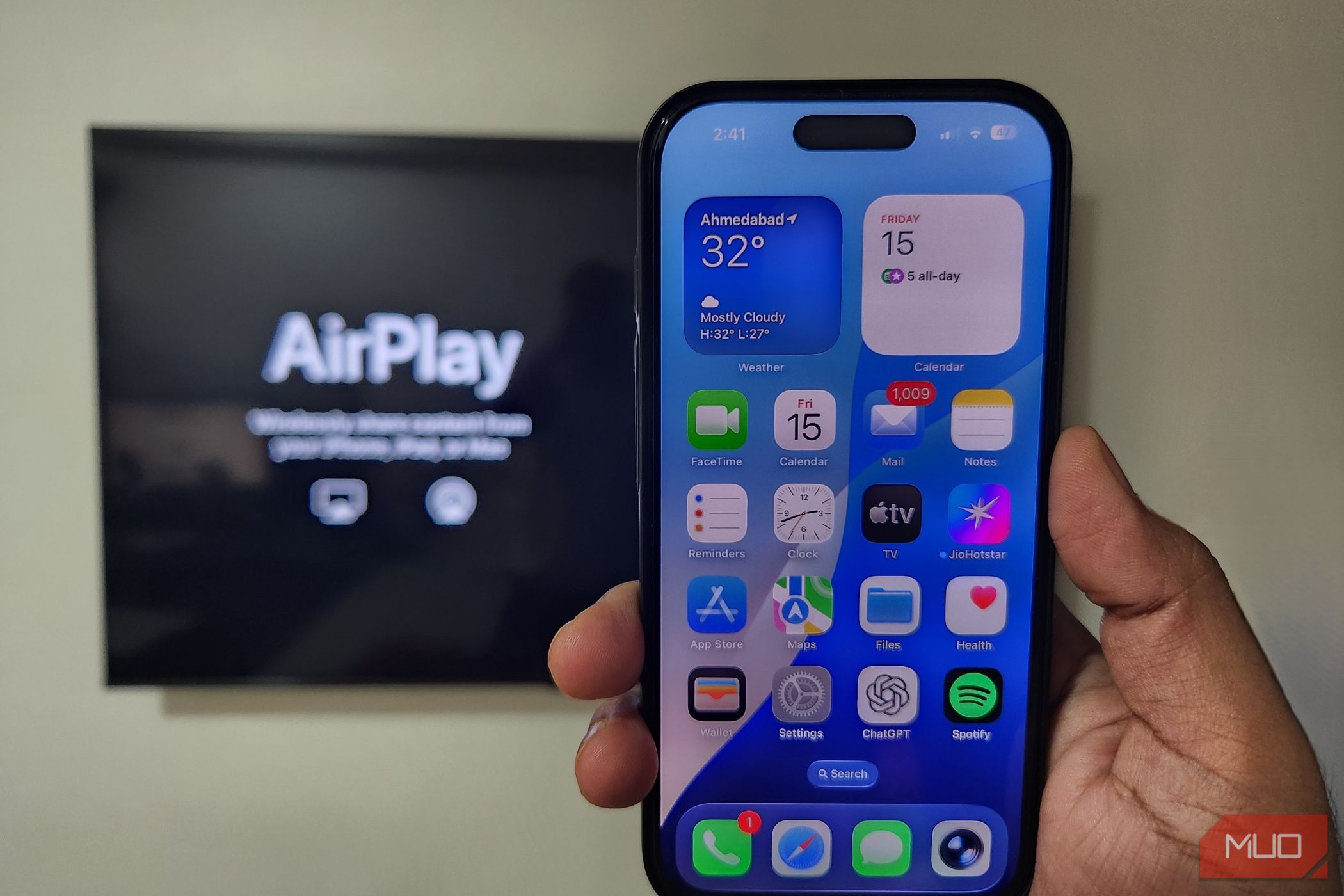When shopping for a new TV, you face a wide range of screen technologies, making it confusing to pick the best option. But if you’re looking for the best value for your money, a 4K QLED TV is the smartest choice.
QLED vs. OLED: What’s the Difference?
The two mainstream display technologies in modern TVs are QLED and OLED. QLED (short for Quantum Dot LED) is a type of LCD panel that adds a quantum dot layer (made up of ultrafine semiconductor particles) to enhance the brightness and color of the display. On the other hand, organic light-emitting diode (OLED) panel technology uses organic compounds to emit light when electricity is passed through.
Deep Dive
What Is the Difference Between QLED, OLED, and UHD? Which Is Best?
If you’re buying a new TV, you’ll want to know the difference between these different types of display technologies.
The self-emissive nature of these organic compounds is a key distinction between OLED and QLED, since the latter requires a separate light source. As a result, each technology has its own strengths and weaknesses. QLEDs boast higher brightness, making them perfect for outdoor viewing or in brightly lit rooms. OLED offers deeper blacks, higher contrast ratios, and wider viewing angles.
Besides plain QLED, manufacturers have developed variations of the display technology, often branded under different names. So, when shopping for a new TV, you’ll come across various terms companies use to market their QLED TVs. Samsung uses Neo-QLED, Hisense uses ULED, while LG and Sony use QNED and Triluminous, respectively. So don’t be confused if you see these terms.
Why 4K QLED Is the Best Value
OLED has the upper hand over QLED in several aspects. However, in the grand scheme of things, the wise choice when shopping for a new TV is a 4K QLED TV, despite the existence of TVs with OLED displays and other QLEDs with 8K displays.
1. 4K Is the Sweet Spot for Resolution
One reason 4K QLED TVs provide the best bang for your buck is the resolution. Various resolutions of TV displays are currently available on the market, ranging from 720p (HD) to 1080p (FHD) to 2160p (4K) and finally, 4320p (8K).
HD and FHD TVs are no longer practical options in 2025 and beyond because the price of 4K TVs has dropped significantly over the past decade. Now, you can find 4K TVs for as low as $300 or even lower, like the Hisense QD6 and Samsung U8000F. Likewise, opting for 8K isn’t a wise choice either. 8K TVs are expensive, with models like Samsung’s QN990F starting at over $5,000 for a 65-inch model. Not to mention the significant lack of 8K content available, even in 2025.
That leaves 4K as the perfect middle ground for resolution. But even then, certain factors must be considered before buying a 4K TV.
2. Excellent Picture Quality
One of the standout features of 4K QLED smart TVs is exceptional picture quality. QLED TVs use quantum dot technology to deliver vibrant colors, deep contrast, and exceptional sharpness compared to regular LED TVs. Their quantum dot layer gives QLEDs a wider color gamut and richer, more vibrant colors than traditional LED TVs. That translates to more lifelike colors and the ability to distinguish between subtle shades and hues.
You may not get OLED-level contrast ratios, but for most people, QLED TVs deliver enough contrast for everyday viewing, especially when paired with 4K resolution. The higher peak brightness that QLEDs deliver enhances detail in bright and dark scenes, especially for high-dynamic range (HDR) content.
3. Durability and Longer Lifespan
QLED TVs are also known for their impressive durability. Unlike OLED panels, which can suffer from burn-in over time, QLED displays use quantum dot technology combined with LED backlighting, making them more resistant to image retention and degradation.

Related
What Causes OLED Burn-In? How to Fix, Avoid, and Prevent It
OLED burn-in can be solved with the right tricks. Here are several apps and tips for fixing and preventing OLED burn-in.
That means you can watch your favorite news channel or leave static elements on the screen for hours on end without worrying about long-term damage. With QLED, you forget about the ever-present risk of burn-in. While modern OLED TVs have improved to reduce this risk, no manufacturer offers explicit warranty coverage for OLED burn-in, meaning it’s still a threat.
4. Competitive Pricing Across Brands
When you choose to buy a 4K QLED smart TV, you won’t have to pay a premium to enjoy high-end display technology. While QLED was once reserved for flagship models from top brands like Samsung, it’s now available across a broader range of manufacturers, often at significantly lower price points.
From premium brands like Sony and LG to budget-focused ones like TCL and Hisense, QLED technology is available at various prices. No matter your budget, you’ll find a solid QLED model that fits your needs.
Take the Hisense QD6, for example. It ships in various screen sizes, ranging from 43 inches to 100 inches. The 43-inch option starts at $199, and the largest with a 100-inch display goes for $1,999. There’s also the Hisense QG7 series, with various screen size options available. Samsung’s Q7F QLED series also includes a variety of models with screen sizes ranging from 43 inches to 85 inches.
And that’s only scratching the surface of what Hisense and Samsung offer. Other top TV brands have various QLED models available across different sizes and price points. When buying a 4K QLED TV, you can be as picky as you want because there are many options. However, with many options available, here are the key specifications to check before settling on a specific TV model.
5. Great for Gaming
If you’re looking for a TV optimized for gaming, you can’t go wrong with a 4K QLED one. The 4K resolution offers enough pixel density to help you spot fine details easily. You’ll also find QLED TVs that offer high-end gaming features like HDMI 2.1, high refresh rates like 120Hz, Variable Refresh Rate (VRR), Auto Low Latency Mode (ALLM), Nvidia G-Sync, and AMD’s FreeSync Premium.
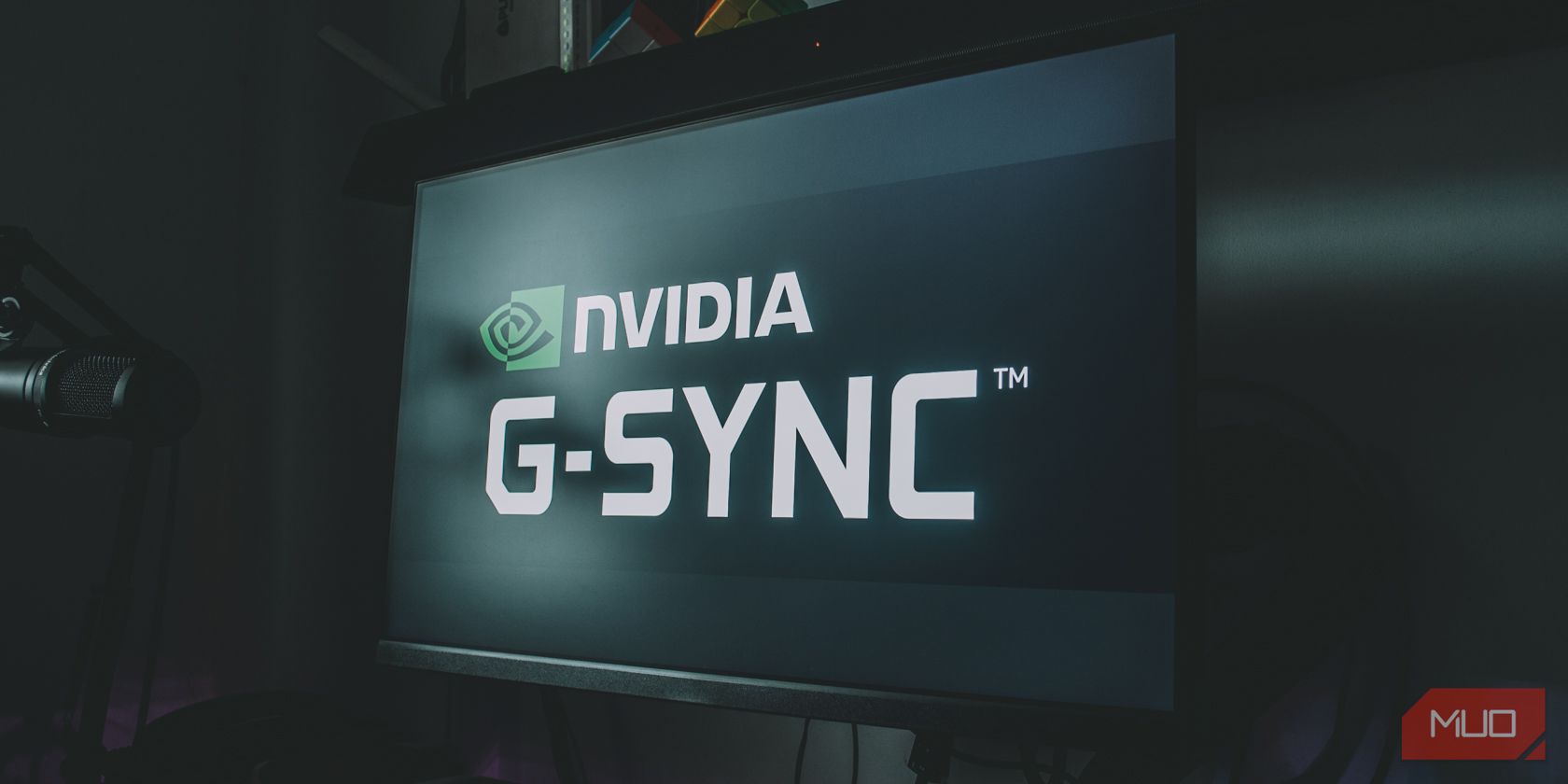
Related
What Is Nvidia G-Sync? Here’s How It Delivers Smoother Gaming
Nvidia’s G-Sync tech helps keep your games looking fantastic, but how exactly does it do that?
QLED TVs also offer low input lag and dedicated gaming modes that help ensure smooth, responsive gameplay that comes in handy during competitive sessions. While they may not always match the ultra-low input lag of high-end OLED models, they still deliver more than enough performance for most gamers.
6. Better Performance in Bright Rooms
Brightness is another area where QLED TVs have an edge over OLED. Thanks to their exceptionally high peak brightness, QLEDs are the perfect option if the unit is to be placed in a well-lit room or watched during the day. Unlike OLEDs, which can struggle in well-lit spaces due to lower brightness levels, QLEDs are designed with higher peak brightness levels.
This ensures that the contents can still pop even in the face of ambient lighting, allowing you to watch without struggling. That means you can enjoy your favorite content during the day without dimming the lights or closing blackout curtains.
If you’re shopping for a TV that delivers premium performance without the premium price, a 4K QLED smart TV is hard to beat. With excellent picture quality, gamer-friendly features, and standout performance in bright rooms, these TVs hit the sweet spot for most users. Add to that their durability and competitive pricing across various brands, and you’ve got a perfect companion for everyday entertainment.
